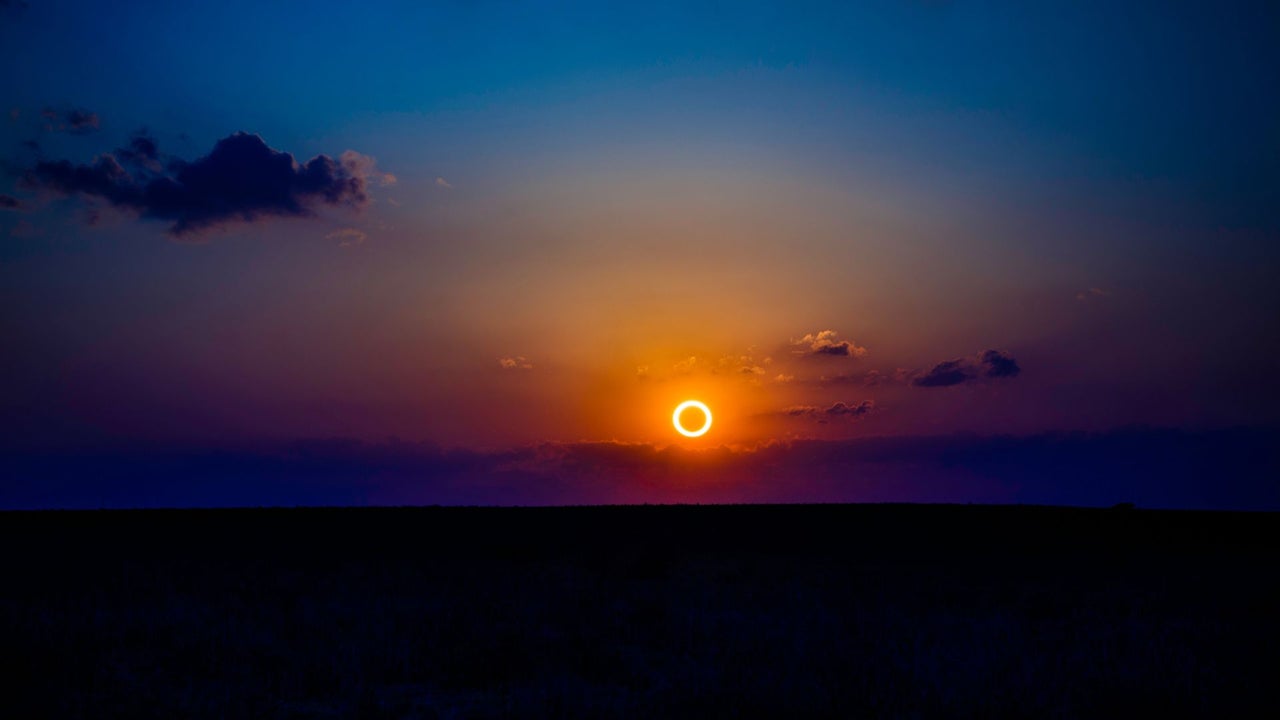Physical Address
304 North Cardinal St.
Dorchester Center, MA 02124
Physical Address
304 North Cardinal St.
Dorchester Center, MA 02124

Last Monday, April 8, North America had the privilege of seeing a spectacular total solar eclipse in its territory. The eclipse traveled through large areas of Mexico, the United States, and Canada, surprising millions of people along its path.
It was one of the most important astronomical events of recent decades and one of the most viewed of its kind, as it toured densely populated areas of these three countries and was also broadcast by NASA, allowing millions of people to see the phenomenon from anywhere in the world.
But this will not be the only solar eclipse that will occur in 2024, as the next one is scheduled for the southernmost area of the American continent. On October 2 of this year, a new phenomenon will travel across the Pacific Ocean and then enter Chile and Argentina.
In this case, it will be an annular eclipse similar to the one that also toured the American continent on October 14, 2023.
It is important to remember that there are different types of eclipses, total, annular, and partial. Total eclipses occur when the Earth, the Moon, and the Sun align perfectly and the Moon completely covers the light of the Sun, darkening the sky almost as if it were night and allowing us to see the solar corona, which is the outer atmosphere of the Sun.
Annular eclipses, on the other hand, occur when there is a perfect alignment between the three bodies, but the Moon is at the farthest point of its orbit around the Earth, so it cannot completely cover the light of the Sun, creating the “ring of fire.”
Lastly, there are partial solar eclipses, a phenomenon that occurs when only a part of the Moon transits over the Sun, covering only a fraction of its brightness.
As mentioned before, the eclipse on October 2 will be an annular eclipse. The event is expected to enter Chilean territory after 4:00 PM local time and into Argentine territory after 5:00 PM.
In Chile, the maximum intensity of the phenomenon, known as “annularity,” will travel through the southern region of Aysén, while in Argentina it will cross the region of Santa Cruz.
This way, the American continent is preparing to enjoy a solar eclipse again, the third consecutive one that can be seen in the Western Hemisphere.



